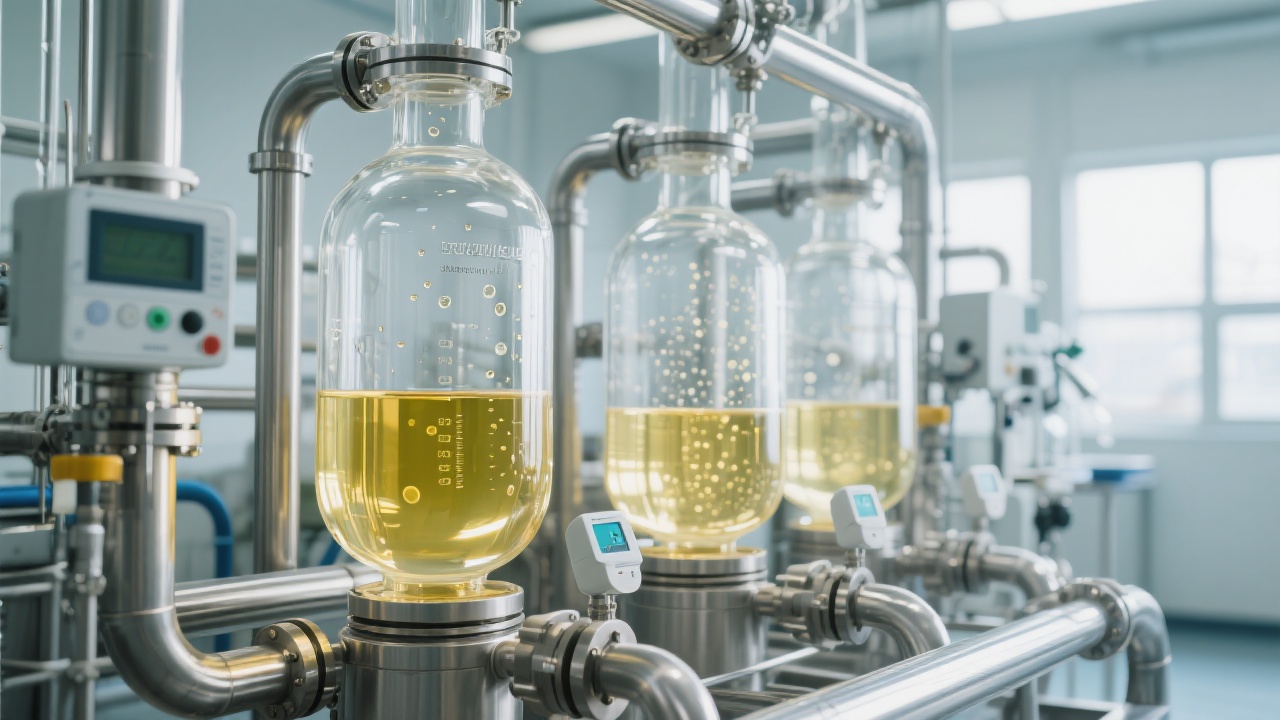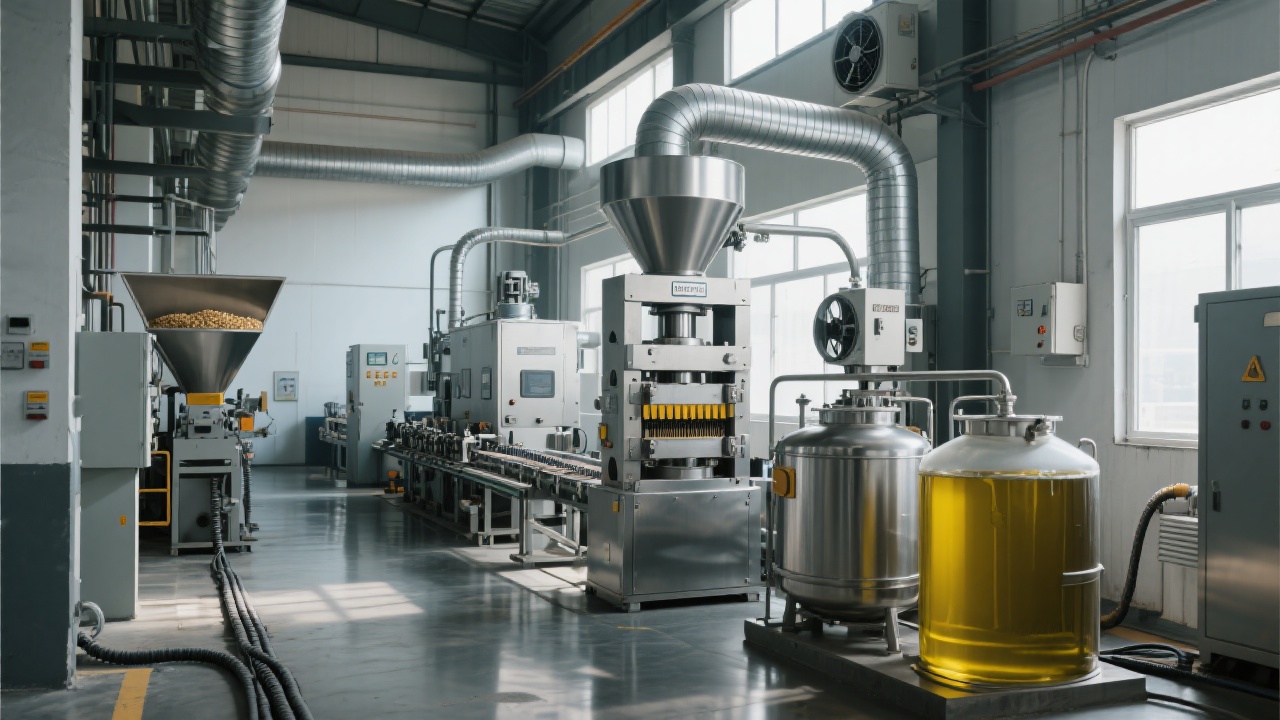
In the modern era, soybean oil mills have achieved remarkable progress in energy efficiency and product quality. Take a well - known soybean oil mill in North America as an example. By adopting advanced energy - saving technologies, this mill has not only reduced its energy consumption but also improved the quality of its soybean oil. The implementation of these technologies has led to an overall enhancement of the mill's competitiveness in the market.

Traditional oil mills often rely on outdated equipment and processes, resulting in high energy consumption and low output efficiency. On average, traditional mills may consume 30% more energy per ton of soybean oil produced compared to modern mills. For instance, a traditional mill in Asia might use 200 kWh of electricity to produce one ton of soybean oil, while a modern mill can achieve the same output with only 140 kWh. In terms of output efficiency, modern mills can increase the Oil Extraction rate by about 5% - 8% compared to traditional ones. A modern mill can extract approximately 18% - 20% of oil from soybeans, while traditional mills typically have an extraction rate of 13% - 15%.
| Mill Type | Energy Consumption per Ton (kWh) | Oil Extraction Rate |
|---|---|---|
| Traditional Mill | 200 | 13% - 15% |
| Modern Mill | 140 | 18% - 20% |
Thermal energy recovery systems are one of the most important energy - saving devices in modern soybean oil mills. These systems can recover up to 70% of the waste heat generated during the production process and reuse it for pre - heating raw materials or other production steps. For example, a thermal energy recovery system installed in a European mill has saved the mill about 25% of its total energy consumption for heating. High - efficiency presses can also significantly improve the oil extraction rate. New - generation presses are designed to apply more uniform pressure, which helps to extract more oil from soybeans with less energy input.

Online detection systems can continuously monitor the quality of soybean oil during the production process. These systems can detect various parameters such as acid value, peroxide value, and impurity content in real - time. By using online detection systems, mills can ensure that the quality of their products meets the highest standards. Impurity control systems are also crucial for maintaining product quality. These systems can remove even the smallest impurities from the oil, ensuring that the final product is pure and of high quality.
The implementation of energy - saving technologies and quality monitoring systems in modern soybean oil mills has multiple benefits. Firstly, it significantly reduces operating costs. By saving energy and increasing the oil extraction rate, mills can lower their production costs and improve their profit margins. Secondly, it enhances market competitiveness. High - quality products are more likely to attract consumers, especially those who are health - conscious. Finally, it meets the growing consumer demand for healthy and high - quality food products. With strict quality control, modern mills can produce soybean oil that is safe and beneficial for human health.

Your oil mill can also achieve similar improvements. By upgrading your equipment and processes, you can enjoy the benefits of lower operating costs, higher product quality, and enhanced market competitiveness. Let every kilowatt - hour of electricity create value, and use technology to safeguard the purity of every drop of oil.
Your oil mill can also achieve similar improvements. By upgrading your equipment and processes, you can enjoy the benefits of lower operating costs, higher product quality, and enhanced market competitiveness. Let every kilowatt - hour of electricity create value, and use technology to safeguard the purity of every drop of oil.
Do you think your oil mill has the potential for an upgrade? Have you already adopted similar technologies in your mill? Share your experiences and questions with us in the comments below. And if you want to learn more about how to upgrade your soybean oil mill, click here to explore our solutions.

